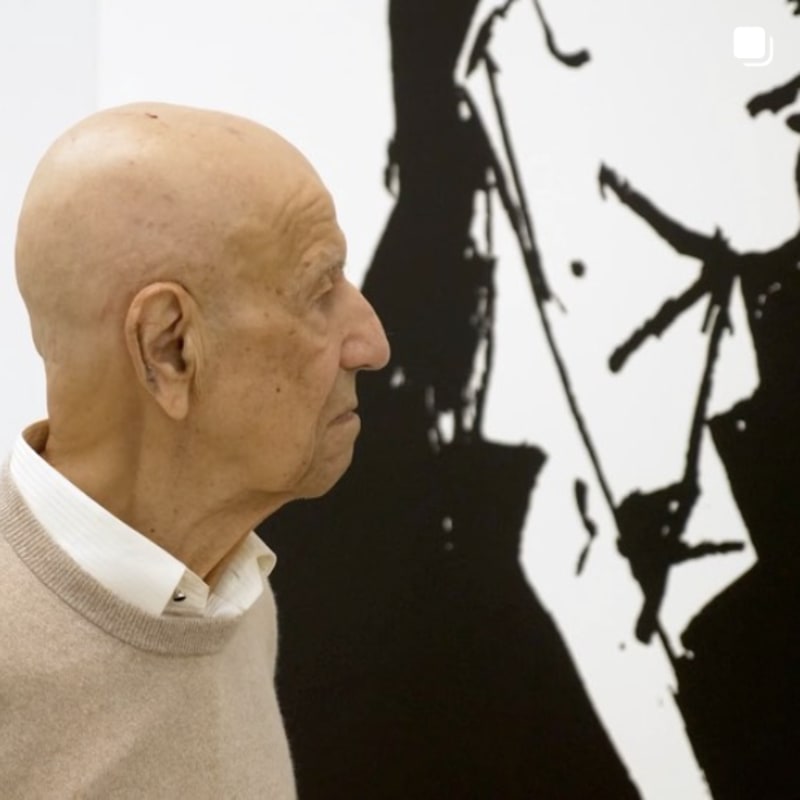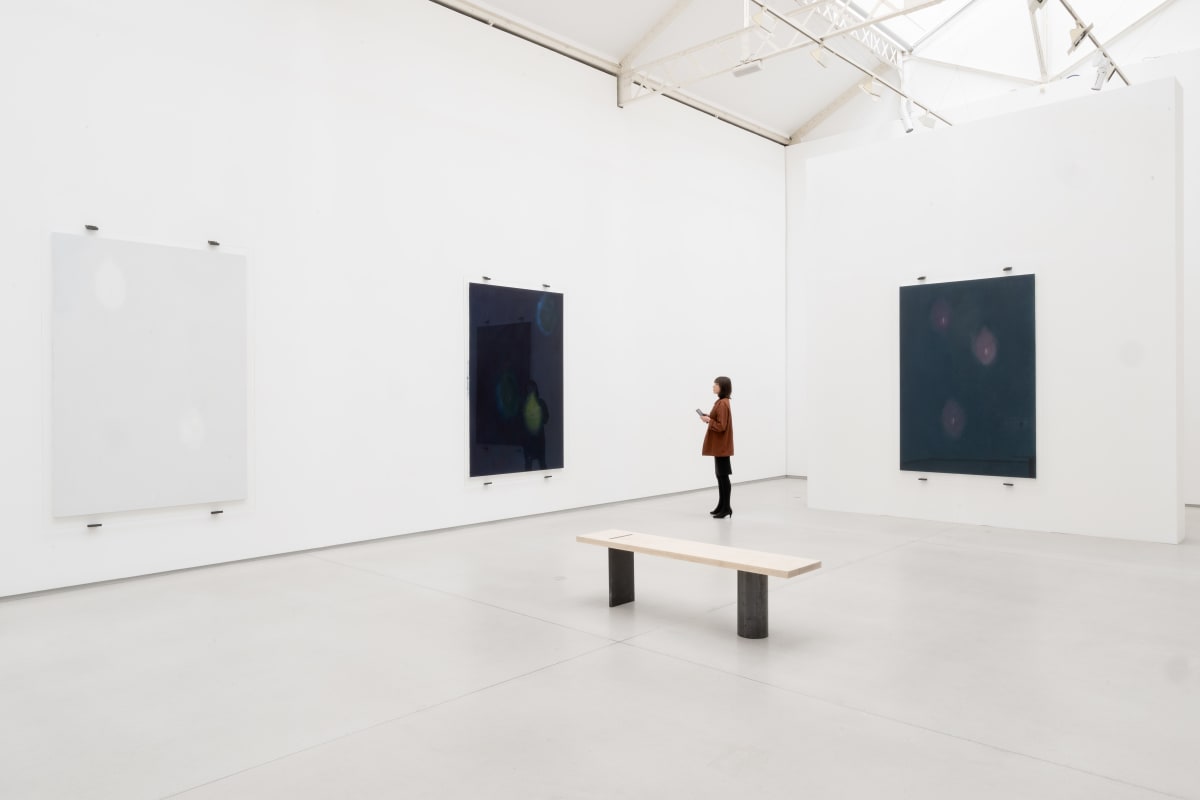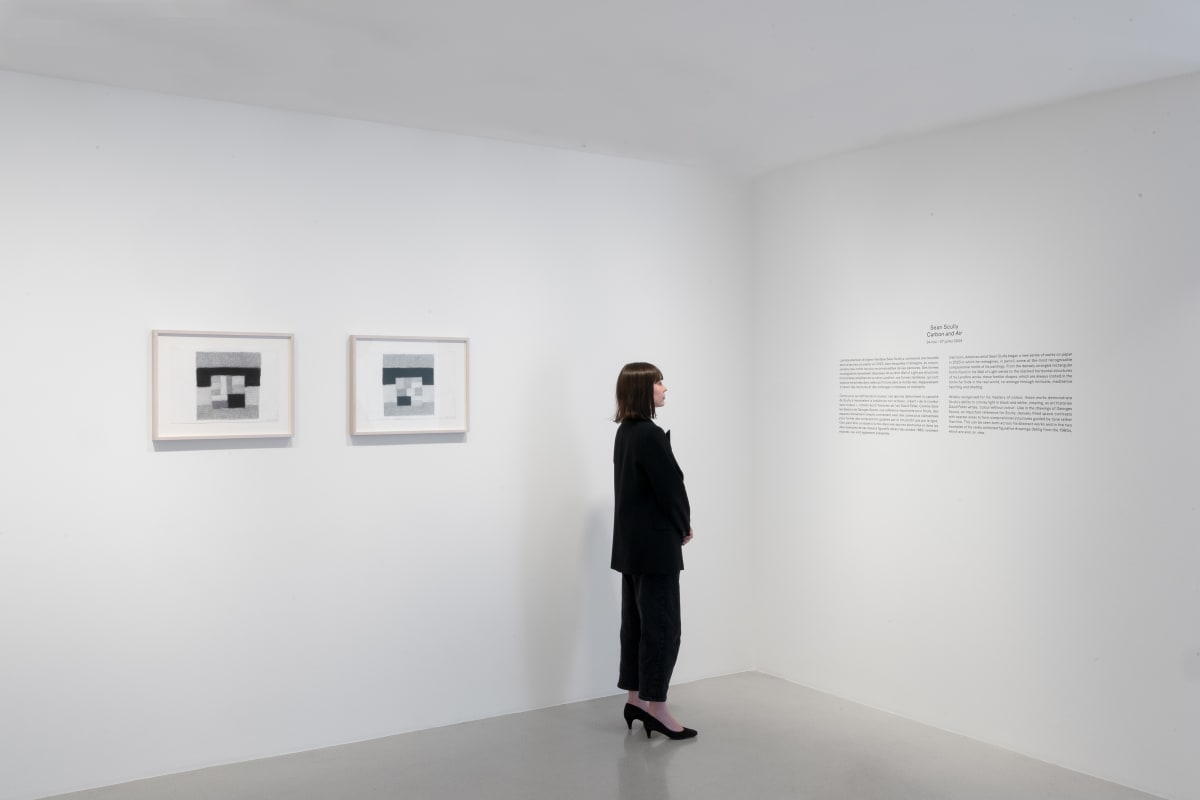VALIE EXPORT Oh Lord, Don't Let Them Drop That Atomic Bomb on Me
Tubes hang from the ceiling. Galvanized organ pipes dangle like stalactites from above, others cast slender, pointed shadows onto the glass walls. In addition to these, smaller ones made of lead are on display on the ground floor of the Kunsthaus Bregenz. Along one wall, wooden blocks are lined up, forming a monumental relief reminiscent of Arte Povera of the 1960s and 1970s. All of the pipes come from the pilgrimage church dedicated to the Seven Sorrows of the Virgin Mary, located on the Pöstlingberg in Linz, which is the birthplace of the artist. VALIE EXPORT sees the figure of the Virgin as illustrating the image of women found in religion, based on a simplified dualism of “good” and “evil.” Women are either venerated in terms of an ideal (Mary Mother of God) or ostracized as sinners (Mary Magdalene). The organ of the well-known Baroque basilica is in the process of being replaced with a new one, and VALIE EXPORT is taking over the old stock. She is using the decommissioned pipes to create a “sound sculpture” – a composition made of audible and visible elements, conceived especially for the imposing space of the Kunsthaus Bregenz.
In the entry hall, visitors enter into a massive sound structure. A group of seven musicians plays a song by Charles Mingus. The African American jazz musician composed the song in 1961, at the height of the Cold War conflicts. Oh Lord, Don’t Let Them Drop That Atomic Bomb on Me is at once prayer and howl. The plea is repeated insistently, a mixture of fear and lament. In light of the recent events in Ukraine, the song takes on a painful urgency. VALIE EXPORT had a number of the pipes combined into a so-called “Stalin’s organ,” the nickname Germans gave to the Soviet Union’s Katyusha rocket launcher. The sculpture recalls the dreaded battery of missiles from World War II, pipes pointed upward, ready to launch. Here, the pipes have ceased to be sacred soundemitting objects associated with peace and salvation and instead suggest terrifying projectiles bringing destruction and death.
VALIE EXPORT first used Mingus’s song in 1989 – the year generally seen as the end of the Cold War. In the documentary film Aktionskunst International. Dokumente zum Internationalen Aktionismus she summaries the art history of the 1960s. Mingus’s song provided the soundtrack for the Situationist International. VALIE EXPORT explains the movement as an art form chiefly concerned with subjective experience and dissolving the boundaries between art and life. She also interprets the organ pipes as “subjects” that come together as a many-voiced choir. The instruments, moreover, are modeled on the human body. They need the flow of air just as people need to breathe. In musical jargon, the air slits on the body of the pipes are called “lips.” As early as 1969, the feminist artist explored the human voice theoretically and artistically. In her conceptual work Tonfilm (Sound Film), she created a link between light and sound, between expression and fear. In it, a photoelectric amplifier was inserted into the glottis and connected to a light-sensitive resistor on the ear. When light was shining, the person began to scream involuntarily. The subject was turned into a desperate machine. The sound sculpture for the Kunsthaus Bregenz revisits this notion and updates it in terms of the current political agenda – the urgent desire for peace.













































































































































































